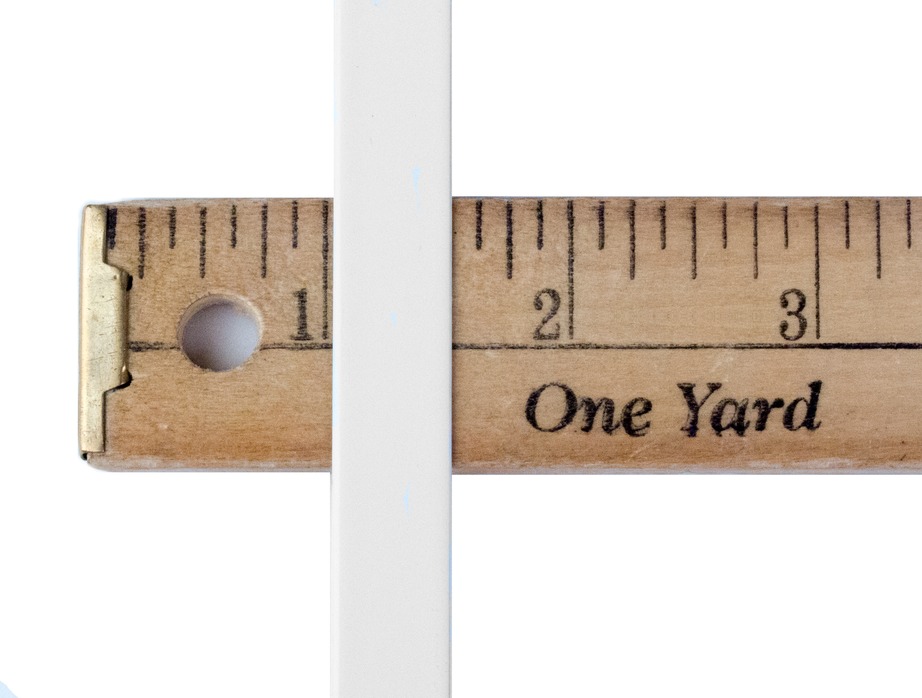
To make things even more confusing, some Japanese companies make some European-style knives, and some European and American companies make Japanese-style knives. On the other hand, Japanese-style tend to be lighter with a thinner blade and straighter edge to facilitate extreme precision. These are generally heavier with a thicker, more curved blade to facilitate rocking back and forth with the tip down on your cutting board. First of all, European-style is kind of a catch-all term that can also be called German-style, French-style, and Western-style. And yet these terms are still commonly used, the distinctions notable enough that it’s good to have a sense of the main characteristics of each - especially when it comes to the chef’s knife in each of these sets. This classification is a bit of a tricky one because not every knife falls distinctly into one category or the other (and some knives don’t fall into either at all). Read on to find the assortment that best suits your own kitchen.

To find the very best compositions, I talked to nearly a dozen experts and tested several groupings myself and ended up with a varied list: three pieces all the way up to 20-something, all chef’s knives or mixed kinds, ones that include sharpening tools and blocks (and ones that don’t). I’ve browsed the knife-set offerings at many home-goods stores over the years - though they’re initially appealing, upon closer inspection, I inevitably notice some pieces in strange sizes or with unappealing curves that I know will go to die in my cutlery drawer.īuying prepackaged multiples of cookware and tools of any kind can be tricky, but the key is assessing what you really need, whether you’re starting completely from scratch, redoing the basic makeup of your collection, or simply want to add a handful of additional blades to what you already own.


 0 kommentar(er)
0 kommentar(er)
